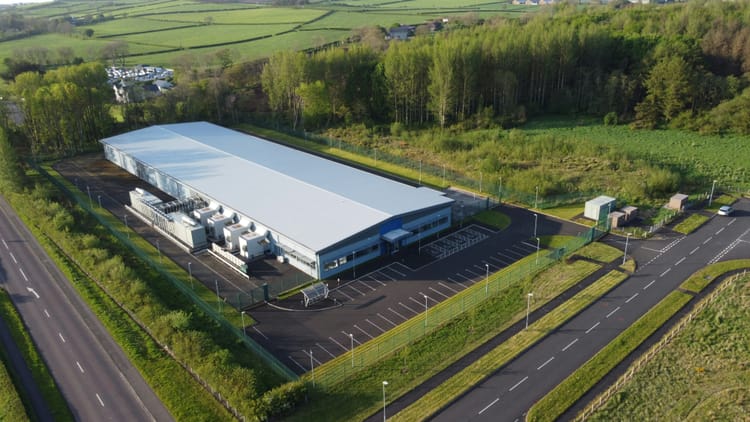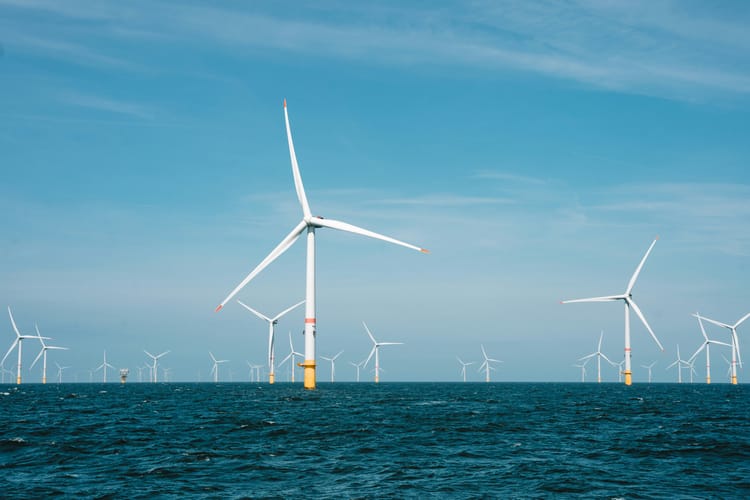Why are former Microsoft employees raising the alarm about AI emissions?
“This issue cannot continue to fly under the radar."

When discussing the potential emissions impact of AI, most arguments focus on data centre power usage and energy efficiency gains. But a group of former Microsoft developers are warning about a third factor: enabled emissions.
In a recent article, CSO Futures laid out the main aspects of AI’s climate impacts and why current emissions estimates are still largely unreliable. But since its publication, another element of the equation has grown in prominence with the ramp-up of the enabled emissions campaign by former Microsoft employees Holly and Will Alpine and Drew Wilkinson.







